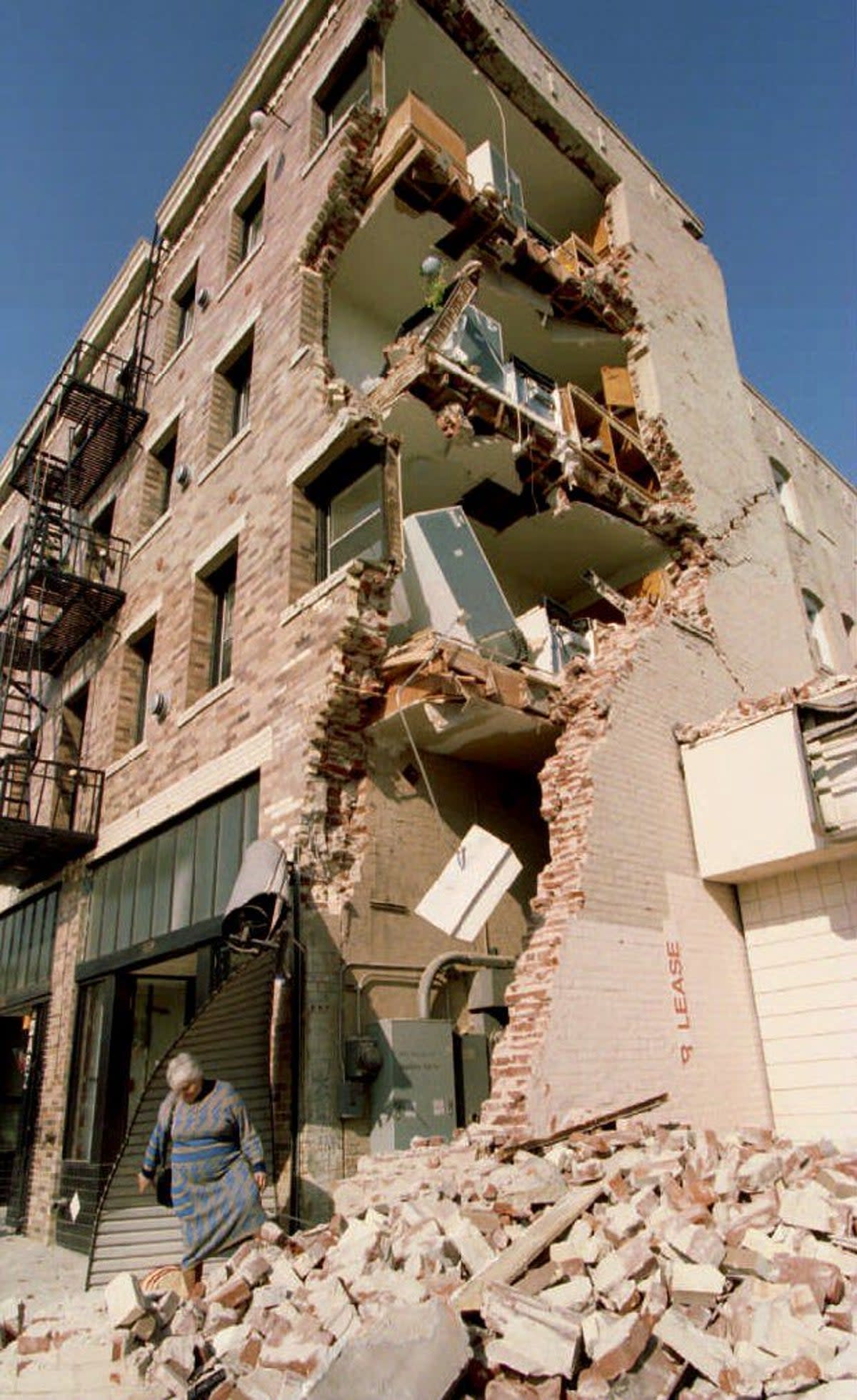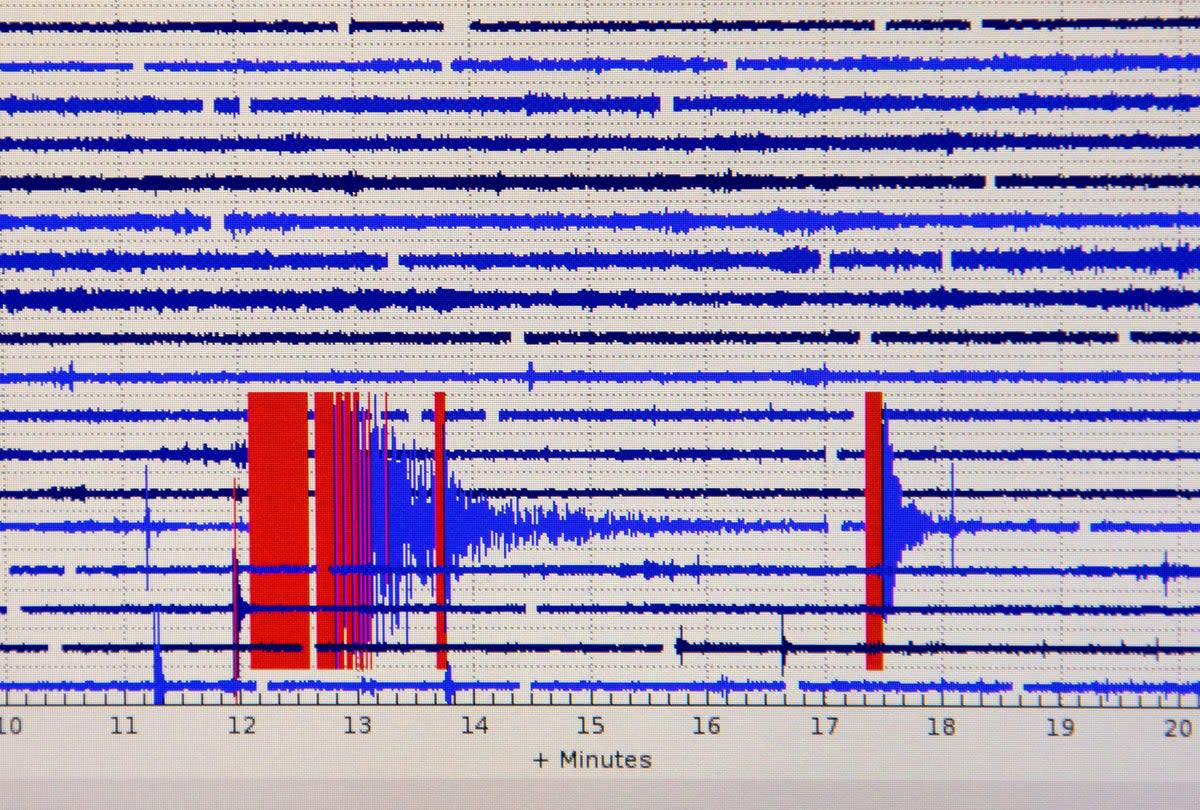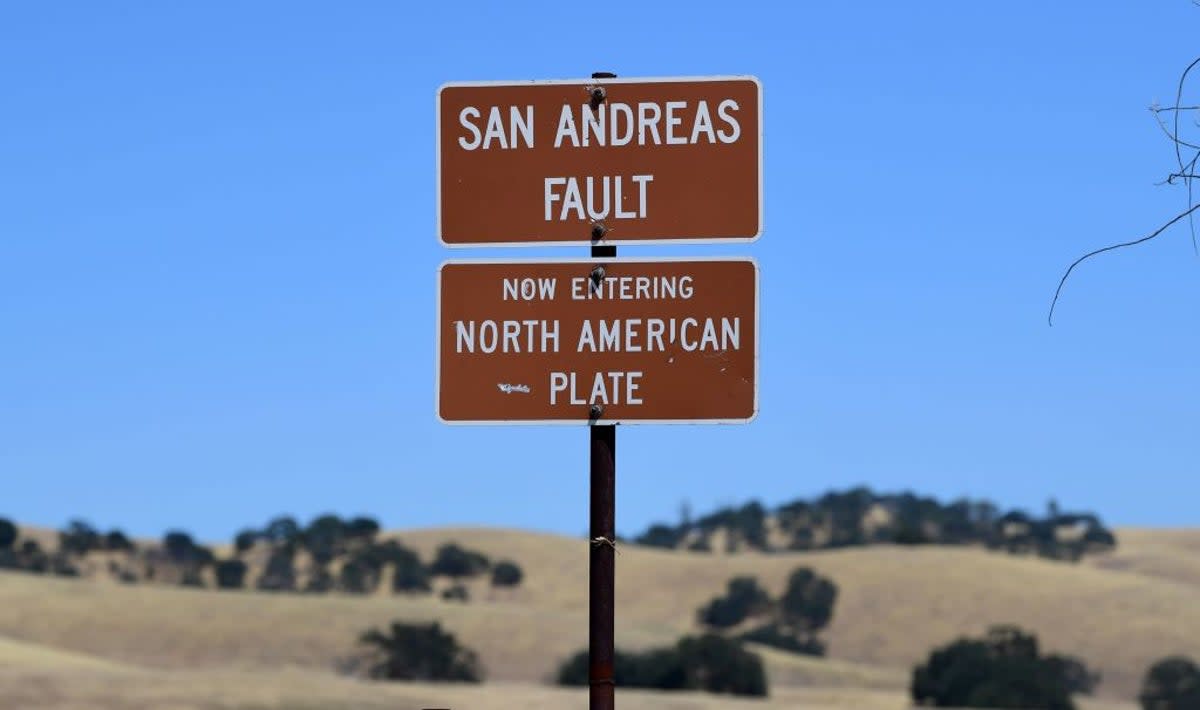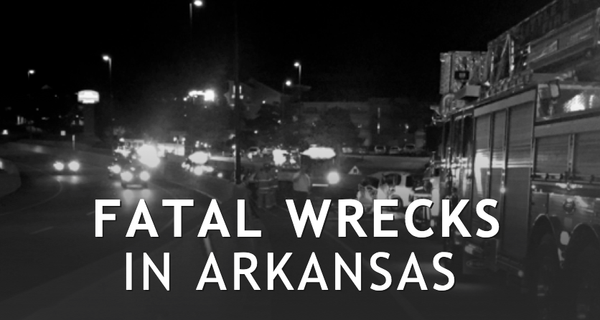California
Calls mount for California to hit brakes on driverless vehicles

SF fire chief says autonomous vehicles aren’t ready for prime time at California PUC meeting
The debate over the future of self-driving cars is picking up steam. Safety was the top concern for at Monday’s California Public Utilities Commission meeting, bringing autonomous vehicle companies Waymo and Cruise face to face with first responders who’ve raised concerns about the vehicles.
SAN FRANCISCO, Calif. – The California Public Utilities Commission is set to decide the fate of driverless vehicles and the future of taxi riding in San Francisco at its next meeting on Thursday, and consumer advocacy groups are urging the regulatory body to hit the brakes before expanding the current limits on autonomous cars in the city.
The CPUC is slated to vote on approving requests from Waymo and Cruise to expand their driverless vehicle operations in San Francisco by allowing their vehicles to run 24/7 and in all weather conditions.
The vote later this week comes amid multiple high-profile incidents in which self-driving cars got in the way of emergency responders. Taxi drivers are also clamoring for regulators to stop the rise of their AI competition.
The decision comes after months of lobbying from the driverless car companies in which the companies treated more than two dozen state officials to multiple food and beverage spreads and spent hundreds of thousands of dollars, according to disclosures.
Waymo is seeking to allow driverless taxi services with speeds up to 65 miles an hour throughout all hours of the day, while Cruise is seeking a similar permit but limited to 35 miles an hour.
The two autonomous vehicle companies currently operate in a limited form and are required to have drivers onboard in certain conditions. The proposal would essentially lift all current restrictions on the two companies, which irks consumer protection groups.
“It gives them a lot of leeway,” Justin Kloczko, tech and privacy advocate for Consumer Watchdog, told KTVU. “The technology is simply not there, and the public isn’t getting the full picture,” he said, adding that the two companies fail to adequately track when driverless vehicles block traffic or make inaccurate traffic signals.
Current regulations also restrict the companies from collecting fares: Cruise can only charge fees from 10 p.m. to 6 a.m. and Waymo is prohibited.
The CPUC’s approval of new operational terms would change that, Kloczko said.
SEE ALSO:
Consumer advocacy groups aren’t the only ones concerned about the effects limitless restrictions for driverless vehicles may have, San Francisco Fire Chief Jeannine Nicholson said the driverless vehicles “aren’t ready for prime time.”
An internal SF Fire Department report, shared with KTVU, found 55 driverless vehicle incidents in which the vehicles interfered with or impeded emergency responders so far this year.
“You might say, ‘Well, 55, that’s not a lot.’ Well, if it’s your family, it’s a lot,” Nicholson told the CPUC. “I’m responsible for everybody in this city, and so if we don’t get to one person, that’s one person too many.”
In one glaring example, a Cruise vehicle blocked police from responding to a shooting in the Mission District in June. Another incident involved activists putting cones on the vehicles, stopping them to make a statement.
“They’re unreliable and… as city residents we don’t consent to this. We don’t consent to having our city of 800,000 people be considered as human guinea pigs,” a Safe Street Rebel activist said at the time.
Cruise claims to have a great track record on public safety, saying in an email that the driverless car company is obligated to report any collision to three separate regulators.
“Making our roads safer is an urgent mission, especially given that last year was San Francisco’s deadliest for road fatalities since the city pledged to end road deaths in 2014,” Drew Pusateri, a Cruise spokesperson, said in an email. “Cruise’s safety record is strong and we’re proud of it: more than 3 million driverless miles in SF without a single fatality or life-threatening injury.”
Waymo did not respond to a request for comment.
These grievances by local officials and activists come after the Los Angeles Times reported that Waymo sued the DMV to keep its safety details a secret.
But beyond just safety concerns, taxi drivers also want to slow the spread of driverless cabs and say they’ve spent hundreds of thousands of dollars to obtain the right to taxi people across San Francisco.
Taxi drivers in the city are worried that driverless taxis will further decimate their industry, said Matthew Sutter, a taxi driver who told KTVU he spent $250,000 for his taxi medallion.
“I’ve been driving 31 years here in San Francisco and I feel cheated,” Sutter told KTVU earlier this week.
Lobbying efforts for the two companies are quite extensive and show repeat meetings with state officials.
Google, Waymo’s parent company, treated multiple senior Department of Motor Vehicle officials to a food and beverage spread on Sept. 19, 2022, lobbying records show. It is uncertain what was discussed, but Kawn Kim, the chief technology officer, Preshant Mittal, the chief information officer, Ajay Gupta, the chief digital officer, as well as five deputy directors were all in attendance.
Additionally, three DMV officials and a Department of Technology official were treated to a $354.84 food and beverage spread back on Nov. 9, 2022, disclosures show.
So far this year, Waymo has treated 15 legislative directors, aides and field representatives for various lawmakers to lunch and has spent $123,000 lobbying on autonomous vehicle legislation and other matters, lobbying disclosures show.
Cruise has spent over $91,000 in 2023 lobbying the CPUC, DMV, the Governor’s Office and other state agencies on “regulatory matters related to autonomous vehicles,” the most recent disclosures state. In 2022, Cruise spent over $650,000 lobbying the same agencies on similar issues.
Plus, a former Cruise lawyer now serves as a voting member of the CPUC.
John Reynolds previously worked for Cruise as a lawyer before he joined the CPUC in 2021. He recused himself from a vote involving Cruise last year, and the Consumer Watchdog is calling on him to do the same this time. Cruise did not comment on a KTVU inquiry into its current relationship with Reynolds.
All the lobbying could be yet another example of corporations using money to sway lawmakers, Kloczko with the Consumer Watchdog said.
“If you have the money, you have the access, and regular people don’t get to have this kind of face time or influence with those in power unless they can afford it,” he said. “These huge companies can afford it, and it ends up skewing the regulatory process towards powerful companies over the average person.”

California
Burn permits suspended in multiple Northern California counties as active fire season continues

(FOX40.COM) — As California deals with an active fire season, multiple Northern California counties have suspended burn permits for outdoor residential burning beginning Monday, June 17.
The Cal Fire Amador-El Dorado Unit and the California Department of Forestry and Fire Protection Nevada-Yuba-Placer Unit said the areas included are Alpine, Amador, El Dorado, Sacramento, San Joaquin, Nevada, Yuba, Placer, and Sierra counties.
Cal Fire Amador said the new burn permit restrictions are in addition to those placed in other areas throughout Amador and El Dorado counties on June 10.
“This suspension takes effect Monday, June 17, 2024, at 8 am. and bans all residential outdoor burning of landscape debris such as branches and leaves,” Cal Fire said.
It continued, “While outdoor burning of landscape debris by homeowners is no longer allowed, CAL FIRE is asking residents to take that extra time to ensure they are prepared for wildfires by maintaining a minimum of 100 feet of Defensible Space around every home and building on their property and being prepared to evacuate if the time comes.”
The announcement comes as Northern California has dealt with an active fire season, including a recent 800-acre fire in Sacramento, a 1,000-acre fire in Butte County, and a 14,000-acre fire in San Joaquin County before July 1.
Some tips offered by Cal Fire to help Californians prepare their homes and property for fires include:
- Clear all dead and or dying vegetation 100 feet from around all structures.
- Landscape with fire-resistant plants and non-flammable ground cover.
- Find alternative ways to dispose of landscape debris like chipping or hauling it to a biomass energy or green waste facility.
California
Six earthquakes hit Southern California in one week. Does that mean ‘The Big One’ is coming?

In recent days, Southern California has experienced one earthquake after another. A 3.6 in Ojai on May 31. Two of a similar magnitude under the East Los Angeles area of El Sereno. Another three quakes near Newport Beach and Costa Mesa.
While these quakes were far weaker than historic temblors like the 6.7 Northridge Earthquake of 1994, which caused an estimated $20bn in damage and killed over 57 people, do they herald the arrival of the so-called Big One in a state sitting on multiple, highly active faultlines?
There’s the notorious 800-mile-long San Andreas, which runs from near the Mexico border, east past Los Angeles, then up the coast north of Sacramento.
Major quakes occur along the fault every 180 years or so, and the San Andreas hasn’t had a majorly powerful one since 1906. The US Geological Survey estimates it has a 60 percent chance of causing a magnitude 6.7 or greater in the Los Angeles area in the next 30 years.
Of even greater concern is the Cascadia Subduction Zone, which runs from Northern California to British Columbia, Canada. It’s overdue for an even larger quake compared with historical averages.
So, are the recent earthquakes an ominous omen of something larger, or business as usual in a state with an estimated 35 quakes a day?
The El Sereno quakes, for example, happened just under the Puente Hills thrust fault, which runs beneath downtown Los Angeles and Orange County. The 10-mile deep fault angles like a ramp and gets closest to the surface near the LA campus of the University of Southern California. If a quake along this fault hits the loose earth of the Los Angeles Basin, it could amplify the intensity of an earthquake by up to ten times compared to areas located on bedrock.
The Newport Beach-Costa Mesa temblors, meanwhile, took place near the Compton thrust fault, which could raise the LA River by up to 5 feet in a strong quake, wreaking havoc on city sewer systems. There have been six quakes above magnitude 7 along the fault in the last 12,000 years, according to geologists.
Scientists argue that instead of focusing solely on the largest quakes by magnitude, the key consideration is how much damage they could do to densely settled areas. The San Andreas, despite its famous reputation, runs for large sections through sparesly populated desert.
“In some respects, the ‘big one’ in terms of damages and deaths would be ones running through town rather than one that’s a long distance away,” Dr. Pat Abbott, professor of geology emeritus at San Diego State University, told KSWB last year. “There’s the size of the earthquake, and then also where you are situated compared to where the fault’s moving.”
He pointed to major quakes like the 1857 and 1906 San Andreas earthquakes, as well 1994’s Northridge earthquake, all of which were under the 8.0 magnitude contemplated in “Big One” scenarios but which still caused “horrendous” damage.
“Unfortunately, earthquake prediction remains an extremely challenging endeavor,” according to the California Governor’s Office of Emergency Services website. “While scientists can monitor fault lines and detect patterns of seismic activity, they cannot predict exact earthquakes reliably.”
Instead, scientists deal more in the realm of long-term probability, which can inform what high-risk areas can do to prepare for the day when the hard-to-predict prospect of a major quake arrives.
For instance, the USGS estimates that there’s a 72 per cent chance a 6.7 or greater magnitude quake will hit the San Francisco Bay Area in the next 30 years.


Finding a greater level of precise prediction is the “holy grail” of earthquake science, University of Washington seismologist Harold Tobin wrote last year.
“Science has not yet found a way to make actionable earthquake predictions,” he wrote. “A useful prediction would specify a time, a place and a magnitude – and all of these would need to be fairly specific, with enough advance notice to be worthwhile.”
In the meantime, until that magic predictor code is unlocked, governments can push for preparedness measures like digital alert systems, practice drills, and building retrofits, while individual citizens are advised to have emergency kits in place and drop to their knees, cover their head and neck, and hold onto something stable when a quake begins.
California
Michigan Pot Market Surpasses California in Sales Volume
Michigan has overtaken California as the largest cannabis market in the U.S., at least in terms of sales volume, according to data collected by multiple market intelligence firms. Both firms show Michigan surpassing California over the winter in cannabis product units sold.
Sales volume is the total number of units sold by a business over a specific period of time, such as units sold in a month, quarter, or year. A “unit” can mean several different things but in this case, it refers to a single or multipack cannabis item that is purchased, big or small.
But this is in terms of units, and California is still a larger cannabis market than Michigan in terms of dollars sold—by billions of dollars. California sold $5.1 billion in adult-use cannabis products in 2023, while Michigan sold about $3 billion in adult-use cannabis products.
Prices for cannabis products are much cheaper in Michigan compared with California due to recent oversupply issues in the Great Lakes State. That means that even if consumers buy more products in Michigan, the total amount they spend is less than what they’re paying in California.
Detroit Free Press reports that since December 2022, Michigan has sold more total grams of flower and units of other cannabis products, called equivalent unit sales, in both the adult-use and medical cannabis markets compared with California, according to data collected by BDSA, a cannabis market intelligence firm that tracks sales via point-of-sale data from a panel of participating cannabis retailers.
But it’s not just BDSA making these claims: Headset, another cannabis market intelligence firm that’s recognized in the cannabis community, compiled data showing that Michigan sold more units than California. Headset defines units as a single item that a customer buys, such as a pre-rolled joint, a multipack of pre-rolled joints, an ounce or one gram, since June 2023. Headset’s data indicates that in May, Michigan sold 24.2 million units, compared to California selling 17.3 million units.
“There are a lot of issues on the ground in California … it’s always been expensive to do business there,” Michael Arrington, a principal analyst at Colorado-based BDSA, said on a BDSA market forecast update webinar in March.
According to BDSA data, Michigan sold 56.8 million equivalent units of cannabis products in April, compared with 44.6 million in California during the same month.
In terms of units sold, BDSA arrived at slightly different numbers than Headset, however both firms found that Michigan was selling more units of cannabis products than California in recent months, such as in February and March. Michigan’s unit sales first passed California’s in December, BDSA data shows.
This could mean more Californians are buying in bulk or in larger units while Michiganders are buying cannabis in smaller units.
In Michigan, prices for cannabis plunged after adult-use cannabis sales started because of an oversupply problem, which led to lower prices for consumers but tougher margins for cannabis retailers.
Michigan Sales On Steady Climb
A recent set of data released by the Michigan Cannabis Regulatory Agency (CRA) shows that the state has once again set a new record for adult-use cannabis sales.
According to the CRA, the state collected $286.8 million in adult-use cannabis sales in March, which made up for 99% of all sales. In terms of product popularity, flower still reigns supreme with $131.4 million in sales. A total of $54.4 million was sold in vape cartridges, as well as $33.9 million in inhalable concentrates, and finally edibles at $26.3 million.
The CRA splits Michigan up into five distinct regions: upper lower/upper peninsula, mid lower, southwest, east/southeast, and Wayne.
Among these regions, the east/southeast region collected the most in total adult-use cannabis sales with $128,929,767, followed by $79,432,048 in the southwest region, $31,845,920 in Wayne, $29,373,053 in upper lower/upper peninsula, and lastly, $17,209,468 in the mid lower area.
In total medical cannabis sales, the southwest area led with $141,535, followed by Wayne with $945,992, east/southeast with $809,515, upper lower/upper peninsula with $81,273, and finally mid lower with $79,695.
The latest figures leave more questions than answers. Michigan’s population is about a quarter of the size of California’s population, and California’s history of a medical and adult-use cannabis market stretches back further than Michigan’s. But the prices of pot play a large part in the outcome of units sold in both markets,
Michigan’s fifth anniversary of adult-use cannabis sales in the state is coming up, and the state is proving its viability, even compared to California’s enormous market.
-

 News1 week ago
News1 week agoIsrael used a U.S.-made bomb in a deadly U.N. school strike in Gaza
-

 World1 week ago
World1 week agoRussia-Ukraine war: List of key events, day 833
-

 Politics1 week ago
Politics1 week agoGeorge Clooney called White House to complain about Biden’s criticism of ICC and defend wife’s work: report
-

 Politics1 week ago
Politics1 week agoNewson, Dem leaders try to negotiate Prop 47 reform off California ballots, as GOP wants to let voters decide
-

 World1 week ago
World1 week agoDozens killed near Sudan’s capital as UN warns of soaring displacement
-

 World1 week ago
World1 week ago‘Bloody policies’: Bodies of 11 refugees and migrants recovered off Libya
-

 World1 week ago
World1 week agoVideo: U.S. Official Responds to Israeli Strike on a U.N. School in Gaza
-

 Politics1 week ago
Politics1 week agoEmbattled Biden border order loaded with loopholes 'to drive a truck through': critics









:quality(70)/cloudfront-us-east-1.images.arcpublishing.com/adn/NDKUZFHDRVHIXFTVLSLFOZKGEQ.jpg)










